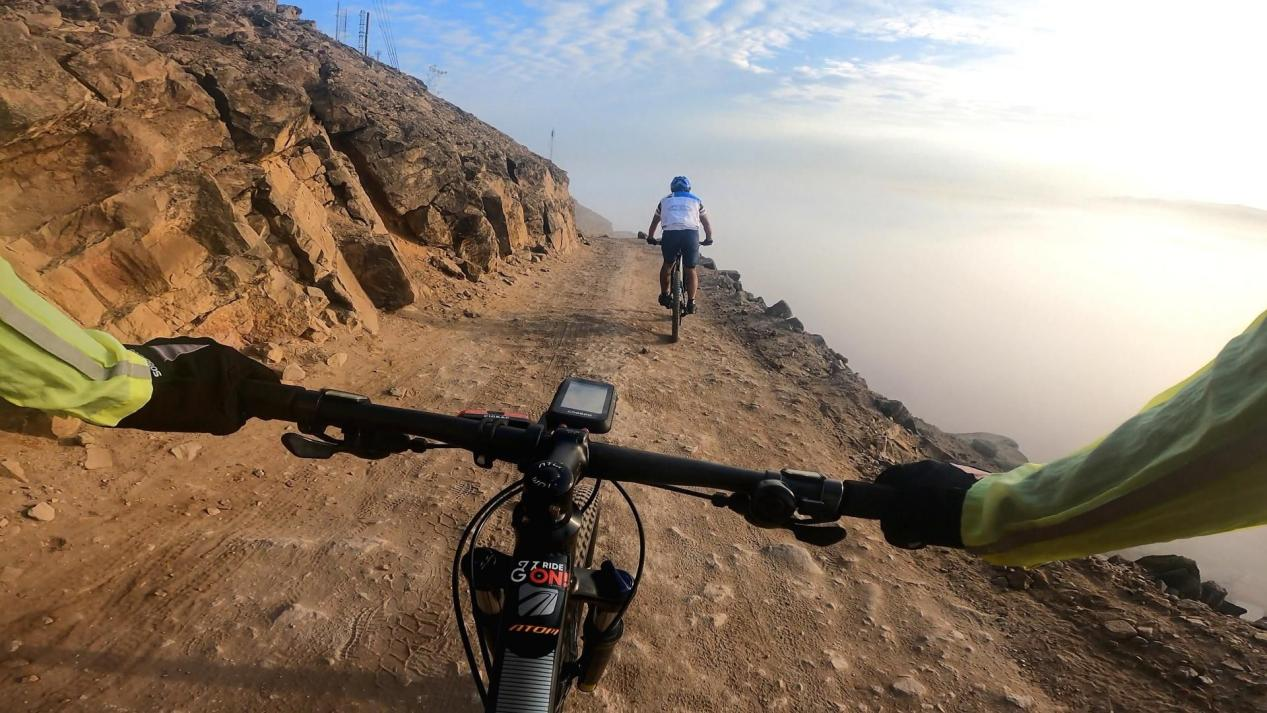How to Choose A Bike Computer?
How to Choose A Bike Computer?
Cycling has changed from a basic way to get around to a high-tech sport. Many cyclists want to know their stats, like how far or how fast they ride.
A bike computer is like a dashboard for cyclists. It attaches to your handlebars and gives you useful information about your ride, such as speed, distance, and even details like how fast you're pedaling and how much power you're using. Some models can also help you navigate with turn-by-turn directions.
Option 1: Use your smartphone with a cycling app. It's affordable and provides basic feedback, but watch out for battery life.
Option 2: Mount a bike computer on your handlebar. It's ideal for serious riders on roads or trails, offering a long battery life, a large screen, and a cycling-specific interface.
However, with smartphones and a plethora of dedicated bike computers available means even more options. This article will guide you through the decision-making process, outlining the features you should consider and helping you determine whether you even need a bike computer.
Do You Even Need A Bike Computer?
If you're really into cycling, especially at a competitive level or if you do long training rides often and want detailed data, then yes, bike computers are made for you. But remember, your phone or a fitness tracker can also track your rides and give you all the data you need, possibly saving you some money.
Using Your Smartphone as a Bike Computer
Many cyclists use their smartphones as bike computers because there are lots of apps that can track your ride, give you GPS directions, and show your real-time stats. Apps like CoospoRide and Strava have lots of features for both casual and serious cyclists. Smartphones are great because they can do many things at once — you can listen to music, take photos, and call for help in an emergency, all while keeping track of your ride.

Using a smartphone as a bike computer has its downsides. One major issue is battery life—using GPS and other tracking features can drain your battery fast, especially on long rides. Also, smartphones aren't built to handle tough weather or rough terrain well, so they're more likely to get damaged. Mounting a smartphone on your bike might also be less secure compared to using a dedicated bike computer.
Using a Bike Computer
Advanced bike computers are designed specifically for the sport, offering top performance and durability. They come with a variety of features to meet different cycling needs, from basic models that track speed and distance to more advanced units with GPS navigation, heart rate monitoring, and compatibility with power meters.

The primary advantages of bike computers are their reliability and endurance. They are built to withstand the elements and vibrations of cycling, ensuring they function accurately and consistently. Moreover, they have better battery life compared to smartphones, often lasting several rides on a single charge.
While bike computers can be more expensive, their specialized features and durability often justify the investment for serious cyclists. According to Chris Froome, four-time winner of the Tour de France, "A bike computer is an essential tool for any serious cyclist. The data it provides helps you optimize your training and performance."
Bike Computer Key Features
GPS functions
GPS functionality is one of the most critical features of modern bike computers. Global Positioning System (GPS) monitoring underlies a range of data, including distance, speed, elevation and navigation functions. The most sophisticated (most expensive units) connect to multiple GPS satellite systems for fast, precise tracking.
Cycling functions
Basic cycling functions such as speed, distance, and time are standard in all bike computers. More advanced models provide additional metrics like cadence (the rate at which you pedal), power output, and gradient (slope of the road).

Cadence sensors help you maintain an optimal pedaling rate, improving efficiency and reducing fatigue. Power meters, often integrated into high-end bike computers, measure your power output in watts, providing insight into your effort and helping you train more effectively.
Wireless technology
Wireless technology is now standard in bikeless technology is now standard in bike computers, removing the need for messy wires that can disrupt your ride. These computers use technologies like ANT+ and Bluetooth to connect with sensors (such as cadence, speed, and heart rate) and smartphones. ANT+ is commonly used for bike computers and sensors, allowing multiple devices to connect at once for a tidy setup. Bluetooth, on the other hand, is great for linking bike computers with smartphones and other devices, making data transfer and syncing effortless.
Display quality
Make sure your bike computer has a clear, easy-to-read screen so you can see your stats and navigation easily, day or night. Choose one with a high-resolution display, backlight for night rides, and anti-glare for sunny days. Most bike computer apps let you customize what data shows up and how it looks on screen.
Heart rate monitor functions

Many bike computers come with built-in heart rate monitors or can connect to external sensors. Monitoring your heart rate helps you train more effectively by staying within your target zones, which improves endurance and efficiency.
HRM functions also give you insights into your overall fitness and health. Tracking your heart rate over time lets you see how you're progressing and helps you make smart decisions about your training routine. It provides real-time feedback on your effort, allowing you to train smarter and achieve better results.
Conclusion
For casual cyclists, a smartphone with a good cycling app may suffice. However, for serious cyclists and those who frequently explore new routes, a dedicated bike computer offers unmatched reliability, advanced features, and durability.
Investing in a quality bike computer can significantly improve your cycling performance, providing valuable data to help you train effectively and enjoy your rides to the fullest. A bike computer is more than just a gadget; it's a tool that can transform your cycling journey.











